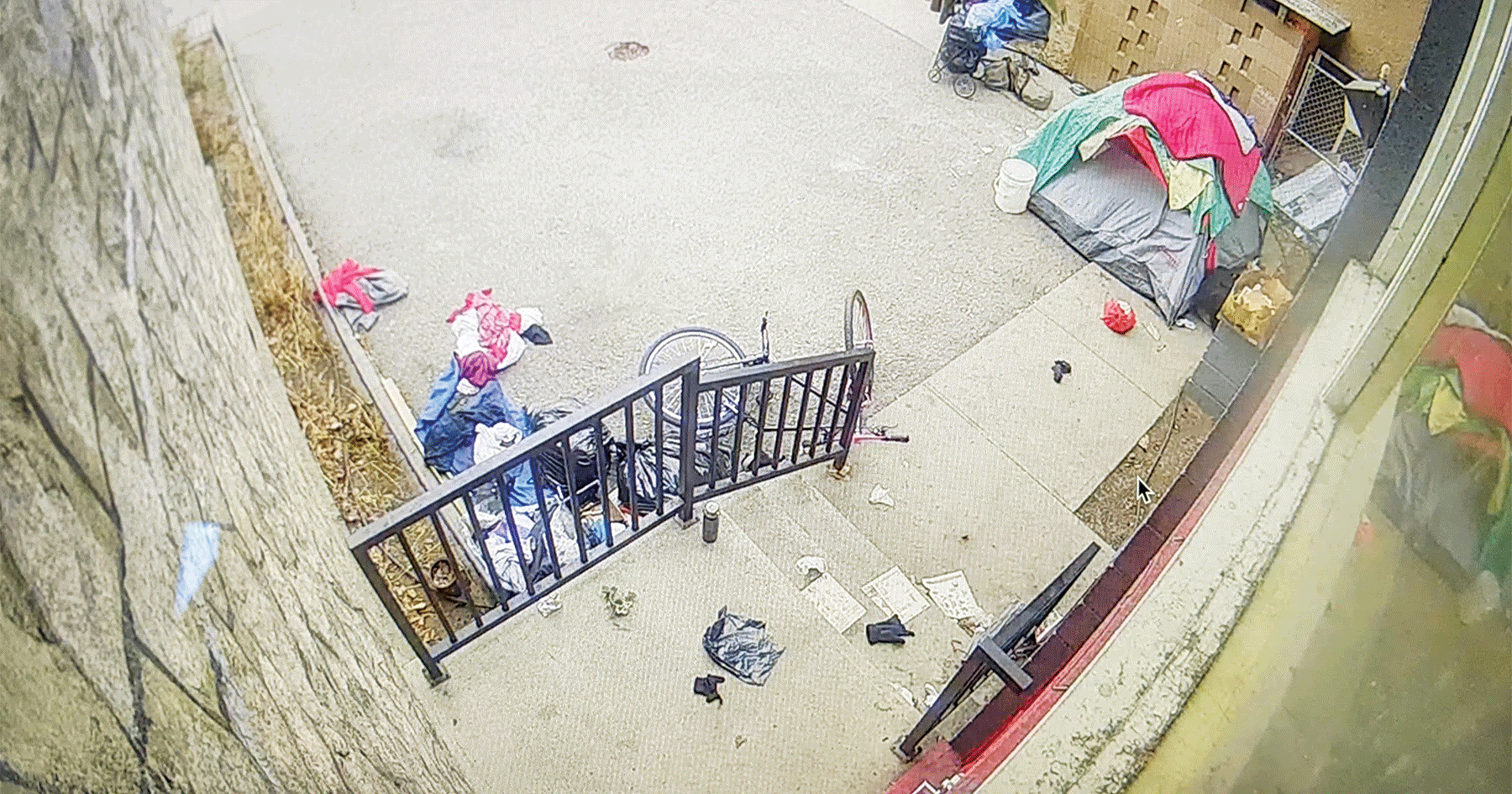The right to protest is a freedom protected by the Canadian Charter of Rights and Freedoms. In a politically polarized world, on both the left and the right, this truism often takes on near sacred qualities. Coming from Quebec, which is known for its history of collective action, I was imbued early on with the awareness that the act of protest against injustice is both a fundamental opportunity to exercise voice and action, and a moral obligation.
To engage in protest is tantalizing: losing yourself in a crowd united in purpose; calling for change, be it radical or incremental; literally surrounding yourself with like-minded individuals; all of it floods the dopamine receptors. It lends a sense of effecting change in an overwhelmingly complex world.
I don’t mean to seem reductive. I don’t think the act of protest is just about making the protestor feel good. It really can create change in the world, and it can carve out some truly beautiful expressions of community in the process. There’s something about standing on the other side of the veil though that makes me question the efficacy of loud, angry mobs that circumvent the more complex and nuanced paths of change that require hard work, constant dialogue, and immersion in a culture that’s different from our own.
At the beginning of February, St Saviour’s was faced with an issue we’d never encountered before. One Saturday afternoon, my phone started buzzing with text messages. One of our community partners was giving me a heads-up that there was a conversation developing on a local Facebook group about organizing a protest against the church during our Sunday worship the following day. Ever since December, when overnight temperatures hit -20ºC, St Saviour’s had been hosting the local Extreme Weather Response (EWR) winter shelter. The result of this was a significant increase in visible signs of homelessness and substance use in the immediate neighbourhood surrounding the church. A longstanding rumour in Penticton holds that St Saviour’s maintains wider community responsibility for those who use its services, including the Soupateria (soup kitchen) and, this year, the EWR.
Saturday night and Sunday morning were a scramble, trying to put a safety plan in place. How many egress points did we have available to parishioners? Who was going to keep their phone on them in case RCMP had to be called? What could we offer protestors in way of concession? Who else needed to be notified? Sunday morning rolled around and one of our other community partners, a public health nurse, started texting me, asking if any protestors had shown up yet: they were organizing a counter protest.
I could handle things up until that point. With a protest, we were still the respondent. We still had a level of control we could choose to exert, or not, as need should arise. With a counter-protest, all bets were off. There was no controlling for two competing visions of civic holiness squaring off on the street in front of the church. I had to tell them not to come, that our act of worship itself would be our counter-protest.
In the end, no one showed up to the protest. But reflecting back on the development of the morning, it occurred to me: Walter Brueggemann often talks about scripture as counter-testimony or counter-imagination. Each and every week we tell the story of the Exodus, be it out of Egypt or out of death itself. That’s the Gospel: a community formed through the telling of Scripture is a testimony to an alternate vision of the world: from what the world is to what it can be. It’s a community grounded in a vision of Heaven come down to Earth. That’s what we enact in our liturgy each and every single week. We tell that story of freedom, we share peace, we break bread, we unite our voices with the voices of Heaven itself. We live out a counter-protest to a world inflamed by partisanship that seeks to overcome the ‘other’ with anger, rather than love. And so we point to the presence of God. We become, in our collective body, which is the Body of Christ, a living counter-testimony.


